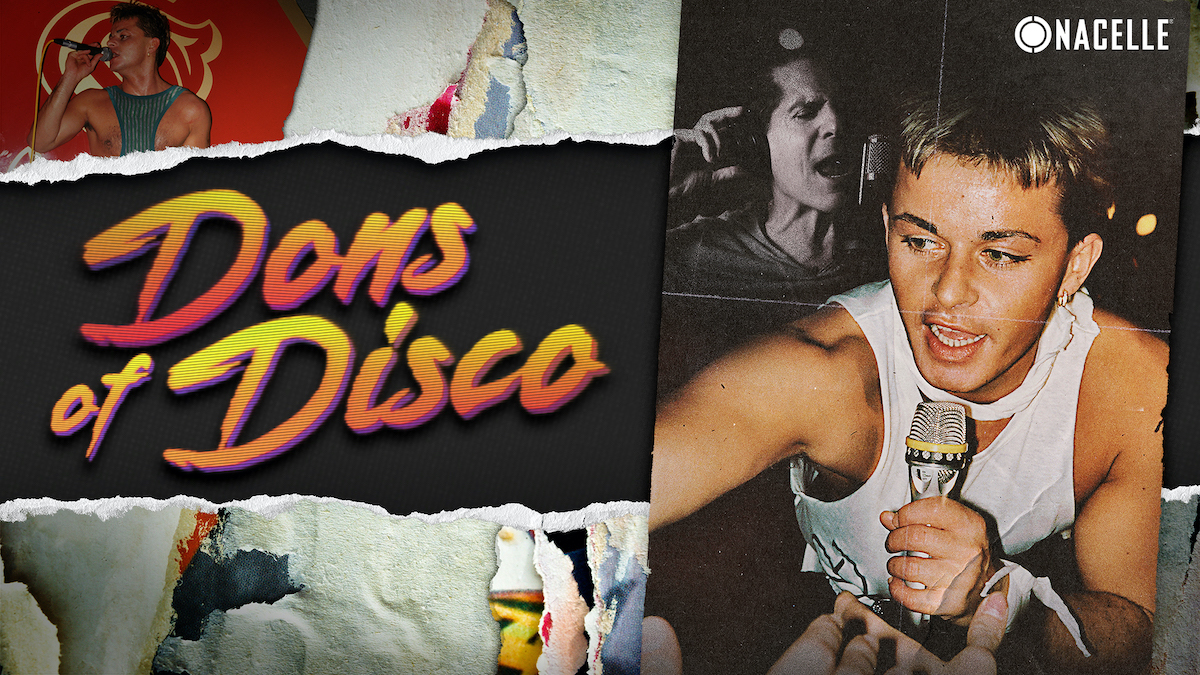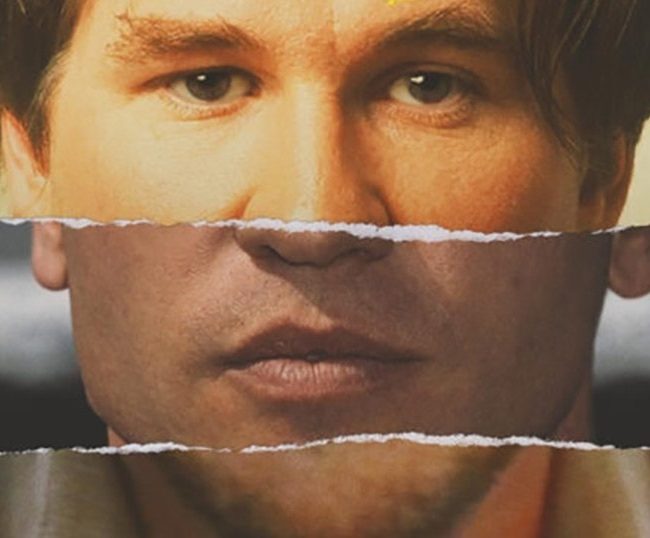
(The 2019 Slamdance Film Festival takes place January 25-31 in Park City Utah. Hammer to Nail guarantees more reviews from the fest than any other website around. That alone is worth $1.00 per month to help keep us going!)
Ah, Italo Disco …that deliriously silly genre of dance music that took the (mostly European) world by popular storm in the 1980s is alive and well, at least for those who remember it fondly and for those who participated in the making of it. There were hits like Paul Lekakis’ “Boom Boom (Let’s Go Back to My Room),” Baltimora’s “Tarzan Boy” and Den Harrow’s “Don’t Break My Heart,” to name but a few of the many top singles. The performances of the singers and/or groups were marked by visual flash, carefully synchronized choreography and dramatic, emotive expressions. They were actors and models as much as vocalists. In fact, some of them were merely the first two, and not at all actual singers, as was the case with Harrow. Jonathan Sutak’s debut documentary Dons of Disco follows the story of the man who actually sang (and co-wrote) many of Harrow’s early material (and co-wrote Lekakis’ “Boom Boom, as well), Tom Hooker, and how his eventual reveal of the truth has affected his life and that of Stefano Zandri, the face and body of Harrow.
It’s terrific fun, just like the music, itself, mostly thanks to the engaging presence of the two lead subjects. Hooker, who now also goes professionally by Thomas Barbèy in his second act as a photographer, is our main entry point into the story, the trajectory of his decision to come forward as the real voice of Den Harrow (the name comes from “denaro,” the Italian word for money) forming the spine of the film. Zandri is initially a somewhat villainous antagonist, but as we learn more about him, we gain sympathy for his own struggles. Interestingly, there was nothing particularly uncommon, at the time, in using a pretty face as the lip-syncing front for less charismatic singers with good voices. Though the pop duo Milli Vanilli was called out for the practice in 1990, they were hardly the only ones. What makes Hooker’s tale of noted interest is that he had the looks and the charm, and a solo career of his own, when he agreed to become the shadow behind the star. As one modern-day Harrow fan (and subsequent Hooker fan) asks, “Why did they even need Zandri?”
The truth, as with many things, is more complicated than that. When Hooker finally goes on tour performing Harrow’s songs, after we have seen numerous videos of the young Zandri on stage, it’s clear that the latter brought a certain swagger and muscularity – the Italo Disco flair – that Harrow lacks. Still, the artistic and creative efforts of Harrow and his co-writer Miki Chieregato (also featured in the documentary) should be recognized, as even Zandri agrees by the end. Let us know the facts and judge the various actors as we will. In the meantime, there is this delightfully engrossing chronicle of a little-known history for all to see and enjoy.
– Christopher Llewellyn Reed (@ChrisReedFilm)
Like what you see here on Hammer to Nail? Why not pay just $1.00 per month via Patreon to help keep us going?











